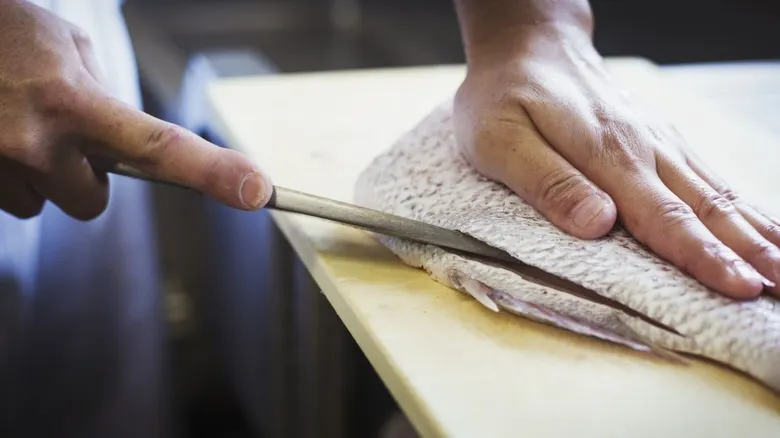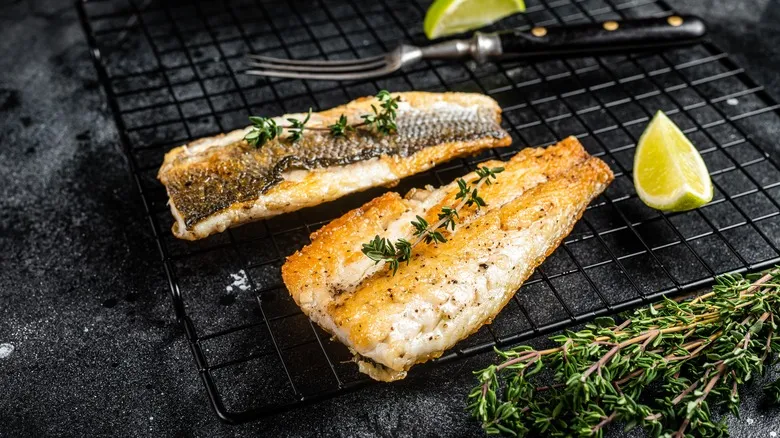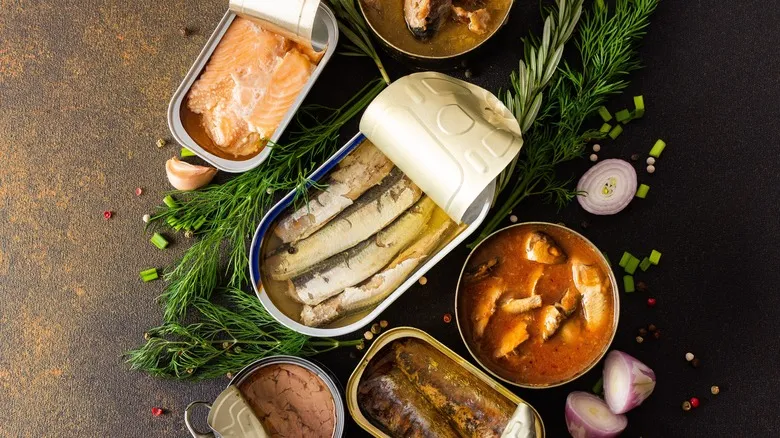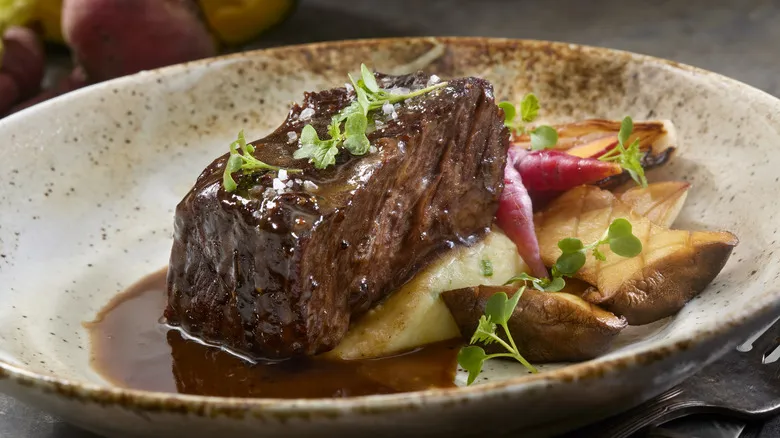Each fillet type offers something unique

In technical terms, a fish fillet refers to the side of a fish from which the backbone has been removed. With this definition in mind, the whole fillet cut serves as the foundation for fish fillets. A whole fillet is precisely what it implies: a cut that retains all essential parts, including the skin, which is vital for crafting exceptional dishes with both whole fish and fillets. However, the downside is that this cut still contains the troublesome pinbone. If you prefer it removed, you can debone the fish yourself or choose from other fillet options.
V-cuts and J-cuts are quite similar, as both have the pinbone taken out, which is advantageous for you but results in some meat loss and a higher price. The primary distinction is that the J-cut eliminates most of the nape, a fattier section located near the belly of the fish.
While there’s nothing inherently wrong with the nape, it often has a different texture and flavor compared to the rest of the fillet. If you want to avoid that, the J-cut is your best option, though it comes at a premium. This cut is highly coveted by both home cooks and chefs in upscale restaurants.
Pick the best fillet for the job

At first glance, you might assume that a whole fillet cut isn't particularly valuable, as it appears to be less processed. However, because this cut retains most of its components, it can actually be quite versatile. You can certainly debone and prepare it yourself, and even create a V-cut or J-cut from it. Additionally, a whole fillet is beneficial in larger recipes or in soups, stews, and stocks, where the bones can enhance flavor and provide extra nutrients. If you're looking for the best value, this is the cut to choose.
Similarly, if you have the choice between a V-cut and a J-cut, you might think that the J-cut is always the better option. However, the V-cut preserves more of the fatty nape area, making it particularly useful when you need a richer fish, especially in dishes where consistent taste and texture are less critical, like casseroles. Plus, you get more fish for a lower price compared to the J-cut.
That said, when it comes to the top-tier fillets, the J-cut remains the best choice for its consistency and superior flavor and texture. If you're aiming for the perfect grilled fillet, this cut is your best bet—just be sure to prevent it from sticking to the grill.
Recommended

Turn Tinned Fish Into Mini Casserole Dishes In The Air Fryer

The Hassle-Free Trick To Easily Refill Your Pepper Mill

Ree Drummond's Plastic Bag Hack For Effortlessly Moist Omelets

Chuck Flap: The Rich Beef Cut You Need To Try Slow-Cooking
Next up

